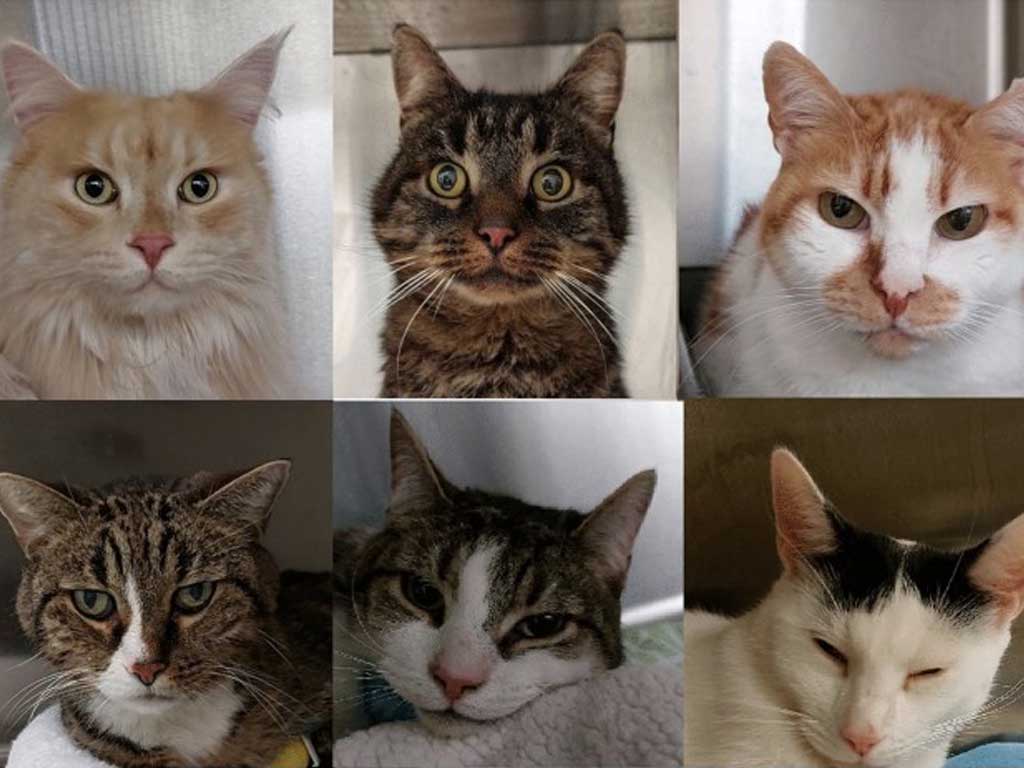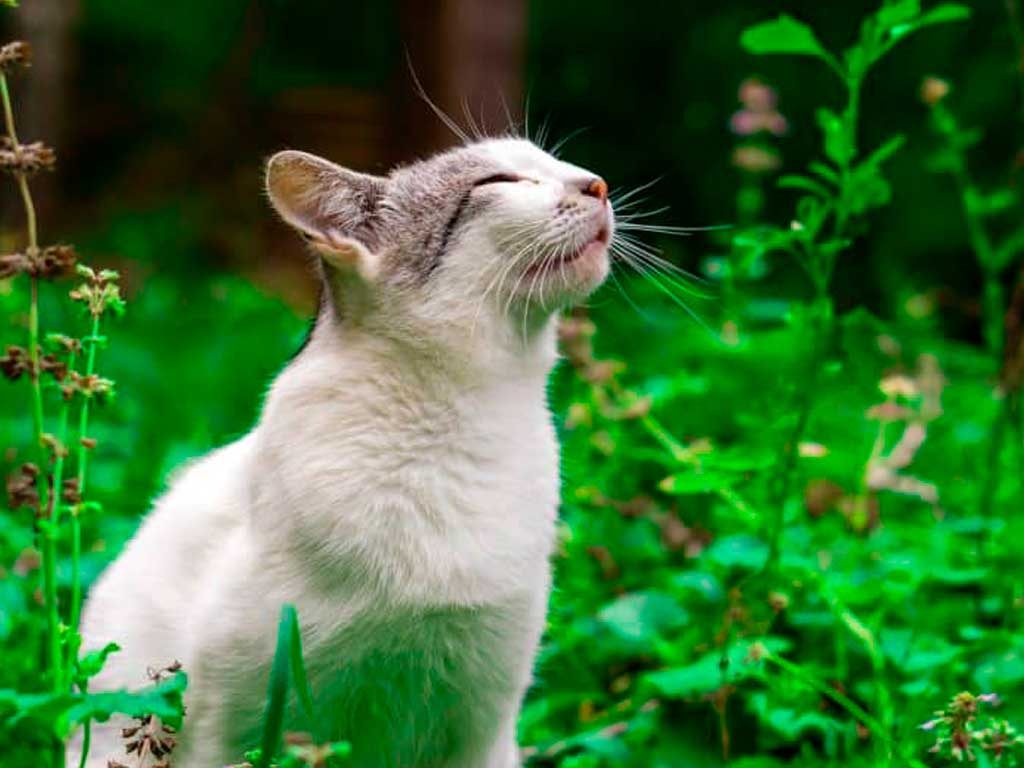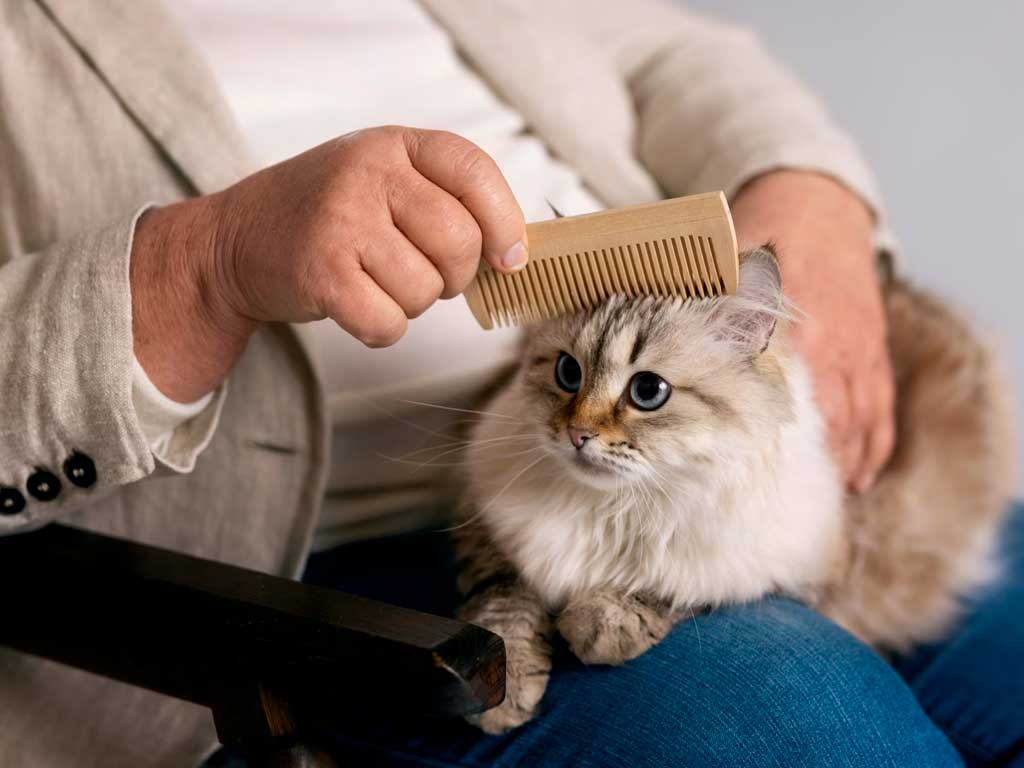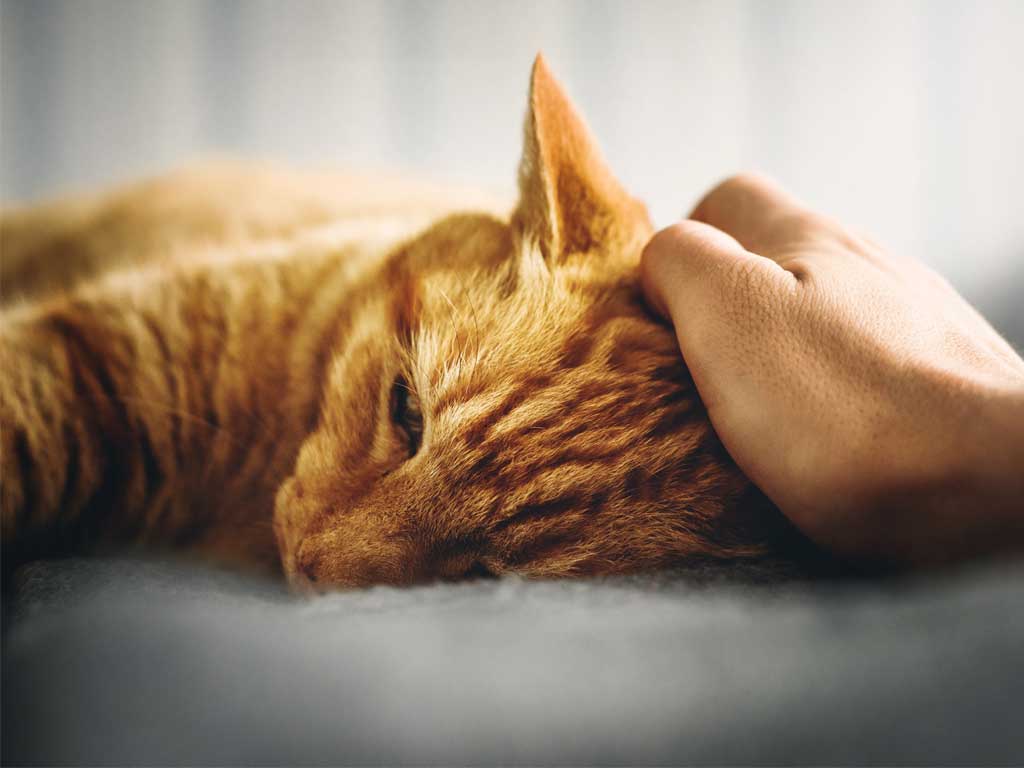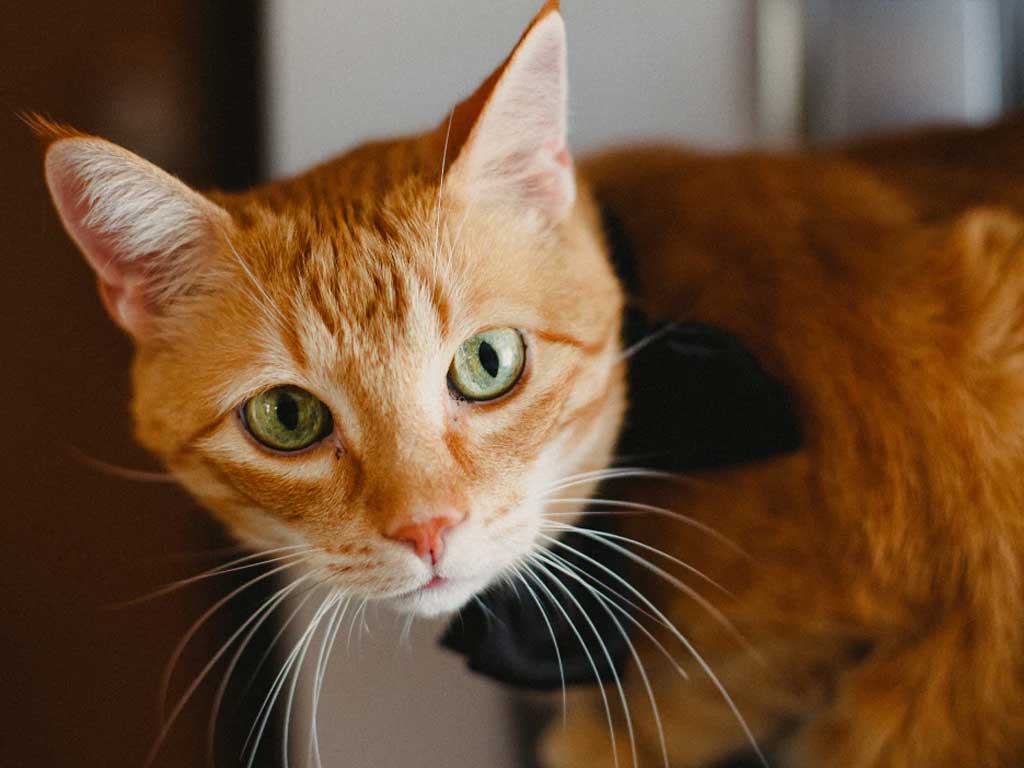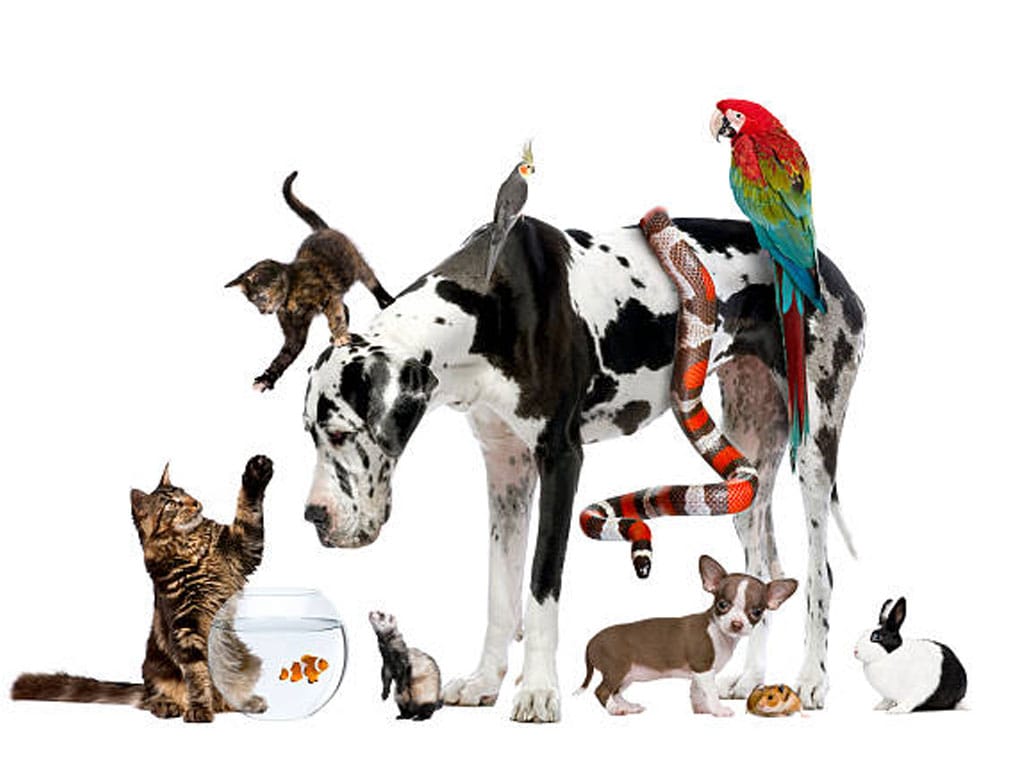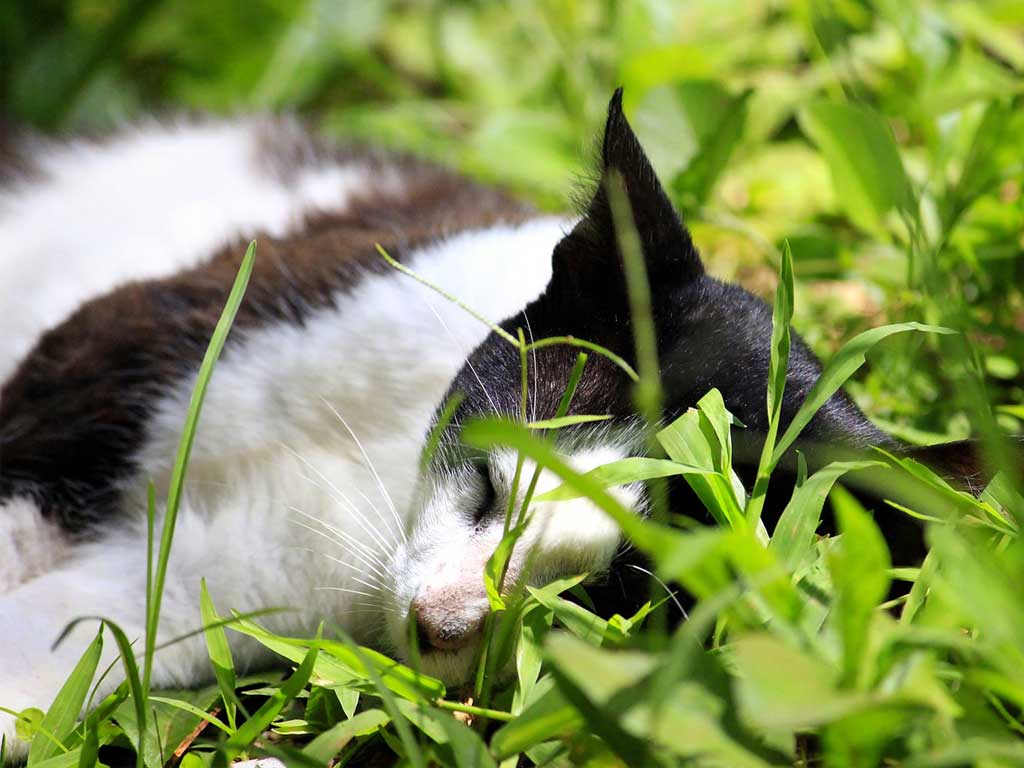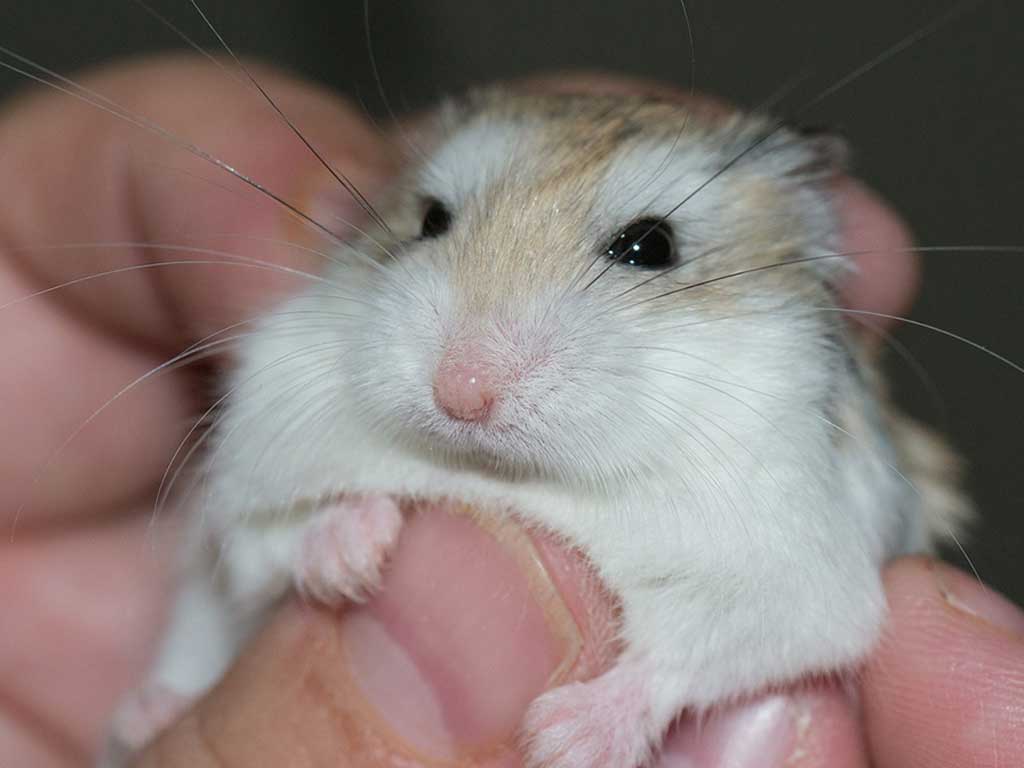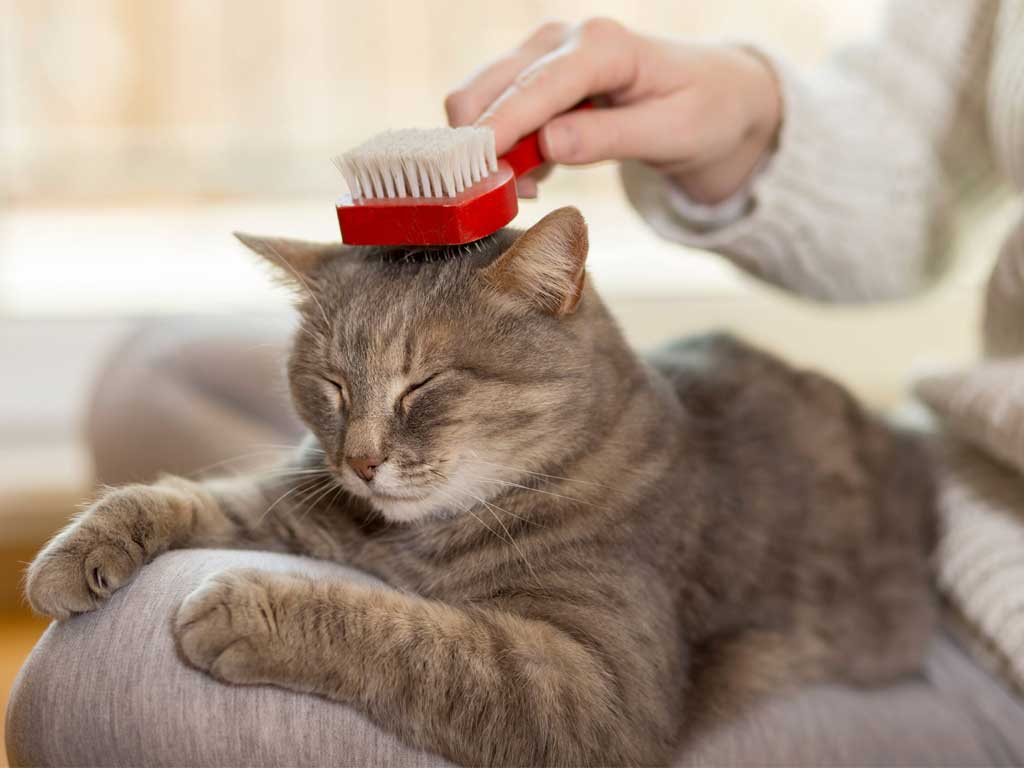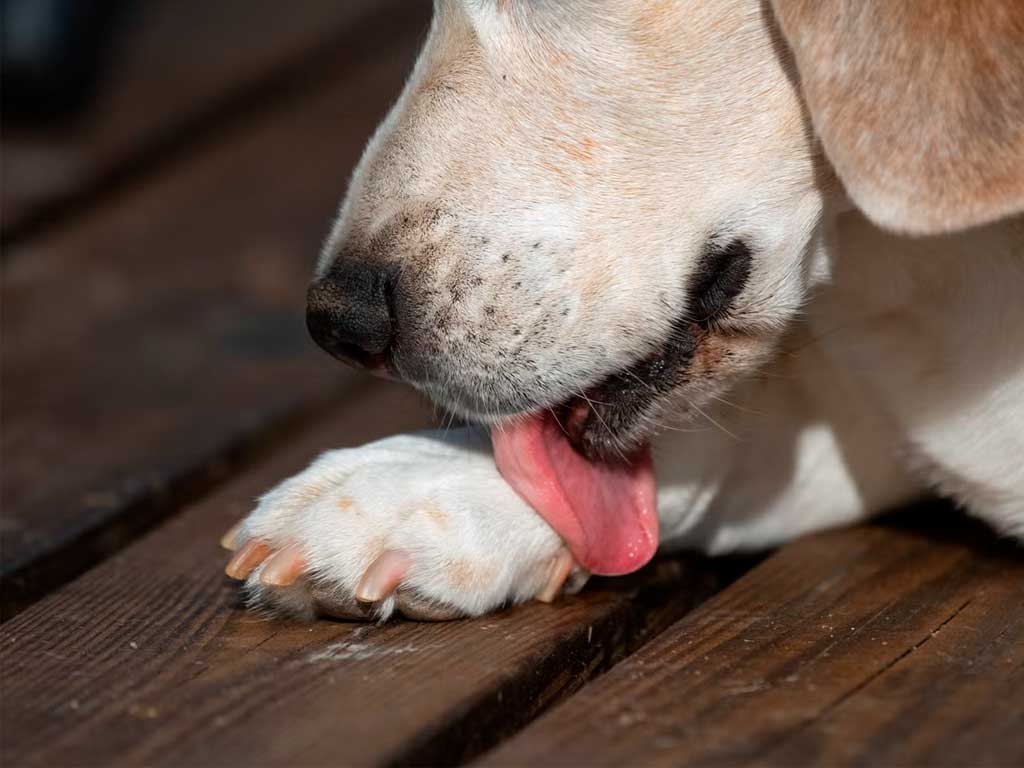As cat owners, we share a unique and profound bond with our feline companions. We know their favorite napping spots, the specific rustle of a treat bag that gets their attention, and the exact spot behind the ears they love to have scratched. Yet, for all this intimacy, a crucial part of their inner world often remains a mystery: their pain.
Cats are masters of disguise, a skill inherited from their wild ancestors where showing weakness could mean becoming prey. This stoic nature, while admirable, poses a significant challenge for the loving owners and dedicated veterinarians who care for them. How can we help when we don’t even know they’re hurting?
Fortunately, the field of veterinary medicine has made a groundbreaking advancement in decoding this silent suffering. Introducing the Feline Grimace Scale (FGS), a scientifically validated tool that is revolutionizing how we understand and manage feline pain. It moves beyond guesswork, providing an objective method to assess a cat’s comfort level by focusing on subtle changes in their facial expressions.
This guide will walk you through everything you need to know about this invaluable tool. We’ll explore its five key indicators in detail, learn how to interpret the results, and understand how it empowers you, the owner, to become an even better advocate for your cat’s health and happiness.
What Exactly is the Feline Grimace Scale?
Developed by a team of veterinary researchers at the University of Montreal, the Feline Grimace Scale is a standardized assessment tool designed to identify and quantify acute pain in cats. The word “grimace” might sound dramatic, but in this context, it refers to the collection of subtle facial cues that, when observed together, paint a clear picture of a cat’s discomfort.
The scale works by evaluating five specific action units, all centered on the cat’s face and head position. Each of these five indicators is assigned a score of 0, 1, or 2, representing “no pain,” “moderate pain,” or “severe pain,” respectively.
The beauty of the FGS lies in its objectivity. Instead of relying on subjective interpretations like “my cat seems a bit off today,” it provides a structured framework. By adding up the scores from each of the five categories, a veterinarian can arrive at a total score that indicates the likelihood and severity of pain, allowing for a more precise and timely treatment plan.
The Five Pillars of the Feline Grimace Scale: A Detailed Breakdown
To truly understand the FGS, we need to dive deep into its five core components. For each one, it’s essential to first understand what a “normal” or pain-free cat (a score of 0) looks like. This baseline is your key to recognizing deviation.
1. Ear Position: The Emotional Antennas
A cat’s ears are incredibly expressive, acting like satellites that constantly pivot to capture sounds and display emotion. Their position is a powerful indicator of their physical and emotional state.
- Score 0 (No Pain): A comfortable, pain-free cat will hold its ears forward and upright. They may swivel gently to listen to their environment, but their default position is relaxed and facing forward. The ears appear tall and open.
- Score 1 (Moderate Pain): Here, you’ll notice a distinct change. The ears will be slightly pulled apart, angled slightly outwards to the sides. They are no longer fully upright but have started to rotate. It’s a subtle but significant shift from their usual alert posture.
- Score 2 (Severe Pain): In a state of significant pain, the ears become flattened and rotated outwards, almost horizontally. This is often referred to as “airplane ears.” They are held low and back against the head, indicating a state of high stress, fear, or intense discomfort.
2. Orbital Tightening: The Windows to Their Pain
The saying “the eyes are the windows to the soul” holds true for our feline friends, especially when assessing pain. The tension around the eyes provides critical clues.
- Score 0 (No Pain): A relaxed cat has its eyes wide open, in a soft, almond shape. There is no tension, and they appear bright and clear. They will blink normally without any squinting or squeezing.
- Score 1 (Moderate Pain): This is characterized by partial squinting. The eyes are not fully open; the eyelids are slightly closed, as if the cat is looking into a gentle light. This squinting is a protective response to discomfort and is one of the most reliable signs of pain.
- Score 2 (Severe Pain): When pain is severe, the eyes will be squeezed tightly shut. This is different from a sleeping cat’s relaxed closed eyes. In this state, the orbital muscles are visibly tense, and the cat is making a concerted effort to keep them shut, often accompanied by other signs of distress.
3. Muzzle Tension: A Subtle Tell
The shape and tension of a cat’s muzzle, encompassing their nose, mouth, and chin, can change dramatically under duress.
- Score 0 (No Pain): A pain-free cat has a relaxed, rounded muzzle. The mouth is closed without tension, and the chin is soft. The overall shape is circular and gentle.
- Score 1 (Moderate Pain): As discomfort sets in, the muzzle begins to tighten. It may appear subtly tense or pulled back. The gentle, round shape starts to become more oval or strained, and you might notice a slight pursing of the lips.
- Score 2 (Severe Pain): With high levels of pain, the muzzle becomes very tense, drawn, and may take on a grimacing or snarling appearance. The mouth and chin are tight, and the entire area looks pinched and strained. This tension is often accompanied by tightened whisker pads.
4. Whisker Position: More Than Just Feelers
Whiskers are not just for navigating tight spaces; they are a barometer of a cat’s mood and well-being. Their position and curvature are deeply linked to how a cat is feeling.
- Score 0 (No Pain): In a relaxed state, a cat’s whiskers are held loosely and fanned out from the face, with a slight natural curve forward. They are spread out and hang gently.
- Score 1 (Moderate Pain): With mild to moderate pain, the whiskers lose their relaxed curve. They become straighter and may be pulled slightly back against the cheeks. The change is from a soft, fanned position to a more rigid, forward- or backward-held position.
- Score 2 (Severe Pain): When a cat is in significant pain, its whiskers are pulled tightly back against the face, lying flat. They are straight, stiff, and often bunched together. They completely lose their natural, inquisitive forward curve, indicating a strong desire to withdraw.
5. Head Position: A Postural Clue
Finally, the way a cat carries its head relative to its shoulders and body provides the fifth piece of the puzzle.
- Score 0 (No Pain): A healthy, comfortable cat holds its head high, above the line of its shoulders. It is alert and engaged with its surroundings, with a neck that is clearly visible.
- Score 1 (Moderate Pain): As pain emerges, the head may be lowered slightly, aligning with the shoulder line. The cat is no longer holding its head up with confidence.
- Score 2 (Severe Pain): A cat in severe pain will have its head held low, significantly below the line of its shoulders, with its neck often tucked down and in. The head might be tilted down towards the chest or the floor, creating a hunched, guarded posture that is a clear and concerning sign of suffering.
Interpreting the Score: Turning Observation into Action
Once each of the five indicators has been scored (0, 1, or 2), the numbers are added together to create a total score out of 10. This final number provides a clear action plan.
- Total Score of 0-3: Minimal or No Pain. A score in this range suggests the cat is likely comfortable. No analgesic (pain-relieving) treatment is typically required based on these facial cues alone. However, it’s still important to monitor the cat for any other behavioral changes.
- Total Score of 4-6: Moderate Pain. This is a critical threshold. A score in this range is a clear signal that the cat is in discomfort and pain relief should be seriously considered. This is the point where a call to your veterinarian is essential. They can perform a full examination to diagnose the cause of the pain and prescribe appropriate treatment.
- Total Score of 7-10: Severe Pain. A score this high indicates a veterinary emergency. The cat is suffering significantly, and immediate analgesic treatment is non-negotiable. Contact your veterinarian or an emergency animal hospital without delay.
How the Feline Grimace Scale Benefits Everyone
This tool is not just an academic exercise; it has profound, real-world benefits for veterinarians, owners, and, most importantly, the cats themselves.
For Veterinarians:
The FGS provides a standardized, objective language for pain. It allows a vet to:
- Assess pain reliably, especially in post-operative or hospitalized cats.
- Track the effectiveness of pain medication by performing serial assessments and seeing if the score decreases over time.
- Communicate more effectively with colleagues and technicians about a patient’s status.
- Make more confident decisions about when to initiate or adjust pain management protocols.
For You, the Cat Owner:
While the FGS is a clinical tool, understanding its principles empowers you immensely. It helps you:
- Become a more astute observer. You can now look for specific, subtle signs you might have previously missed.
- Communicate better with your vet. Instead of saying, “He just seems sad,” you can provide concrete observations: “His ears have been flattened to the side, and he’s been squinting his eyes all day.” This information is invaluable for a quick and accurate diagnosis.
- Advocate for your pet. Knowing these signs gives you the confidence to trust your gut and seek help when you suspect something is wrong, ensuring pain is identified and treated promptly.
- Strengthen your bond. By learning to read your cat’s most subtle signals, you deepen your understanding of them, strengthening the bond of trust and care you share.
Beyond the Grimace: Other Signs of Pain to Watch For
The Feline Grimace Scale is a powerful tool for assessing facial cues, but pain can manifest throughout the body and in a cat’s behavior. A holistic approach is always best. Be on the lookout for these other common signs of pain:
- Changes in Behavior: Hiding more than usual, uncharacteristic aggression or irritability, or a sudden loss of interest in playing or interacting.
- Mobility Issues: Reluctance to jump up or down from furniture, difficulty with stairs, a stiff gait, or limping.
- Litter Box Habits: Urinating or defecating outside the litter box can be a sign of pain that makes it difficult to get in and out of the box (like arthritis) or a sign of a urinary tract issue.
- Changes in Grooming: Either a lack of grooming (resulting in a matted or unkempt coat) or excessive grooming of a specific, painful area.
- Vocalization: An increase in meowing, or making unusual sounds like yowling, hissing, or growling, especially when handled.
- Changes in Appetite or Thirst: A significant decrease in eating or drinking is a major red flag.
By combining your observations of these behaviors with the principles of the Feline Grimace Scale, you can build a complete picture of your cat’s well-being.
You are your cat’s primary guardian. By learning to read the subtle language of their face, you can give them the greatest gift of all: a life free from silent suffering.
(FAQ)
Can I use the Feline Grimace Scale to diagnose my cat’s pain myself?
While you can and should use the principles of the FGS to become a better observer, it is not a diagnostic tool for owners. A definitive diagnosis and treatment plan must always come from a qualified veterinarian. Use your observations to provide your vet with detailed information, but never attempt to medicate or treat your cat without professional guidance.
Is the Feline Grimace Scale useful for chronic pain, like arthritis?
The FGS was primarily developed and validated for identifying acute pain (sudden, short-term pain, like after a surgery or injury). While the signs can certainly be present in cats with chronic pain, they may be more subtle or intermittent. For chronic conditions like arthritis, it’s often more helpful to look for changes in mobility, activity levels, and behavior over time, in addition to the facial cues.
My cat squints a lot when they are happy and purring. How can I tell the difference?
This is an excellent question! The key is context and looking at the whole picture. A happy squint, often called a “slow blink,” is typically done when the cat is relaxed, purring, and in a comfortable environment. The rest of their body language—relaxed ears, loose whiskers, a calm posture—will align with this. A pain-related squint is often accompanied by other FGS indicators, like tense ears, drawn-back whiskers, and a hunched posture. Establishing your cat’s individual “happy face” baseline is crucial.
What should I do if my cat has a low grimace score, but my gut tells me something is still wrong?
Always trust your instincts. You know your cat better than anyone. The FGS is one tool among many. If the grimace score is low but your cat is showing other signs of pain (like hiding, not eating, or changes in litter box habits), you should absolutely contact your veterinarian. The scale is an aid, not a replacement for careful observation and intuition.
Where can I see the official Feline Grimace Scale chart with pictures?
For a visual reference, you can easily find the official chart online. A great resource is the website created by the developers, felinegrimacescale.com. It provides the downloadable chart in multiple languages, training materials, and photos that clearly illustrate the 0, 1, and 2 scores for each category. Having this on hand can be a great learning tool.

